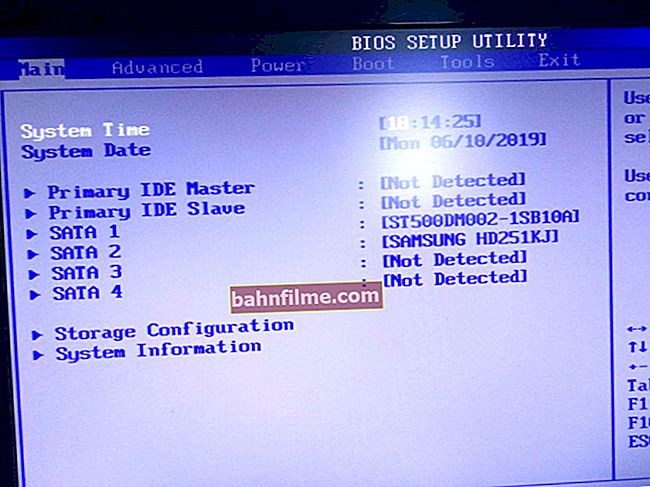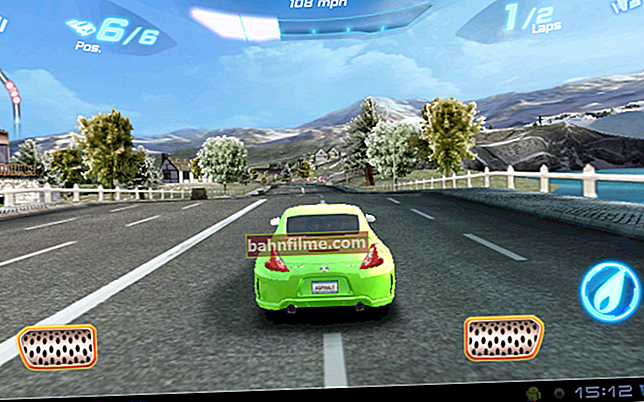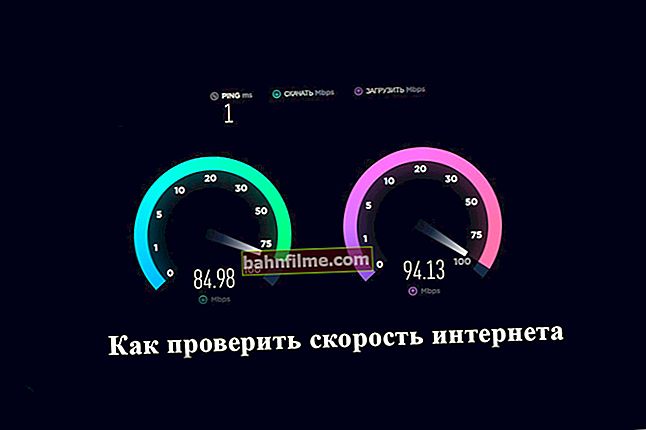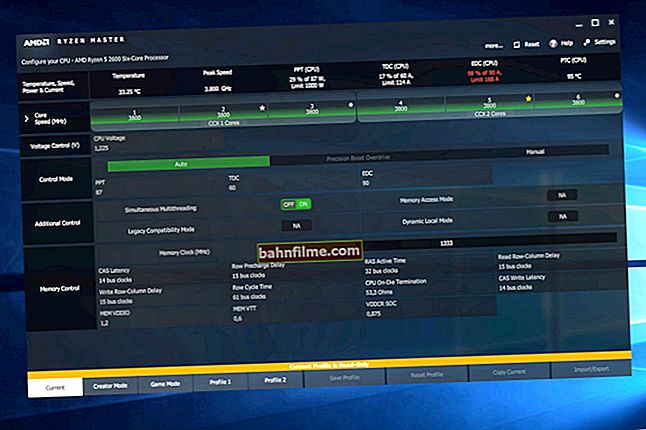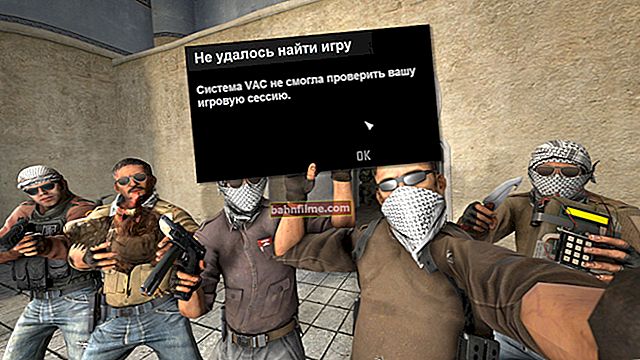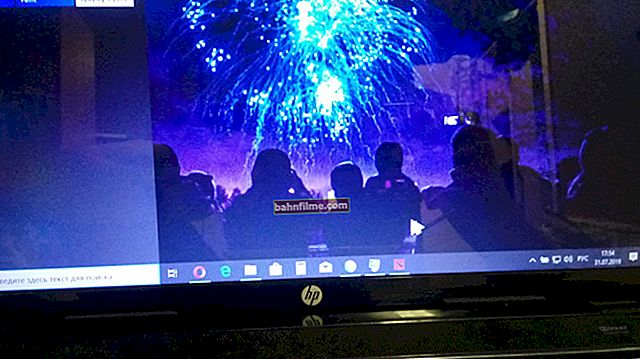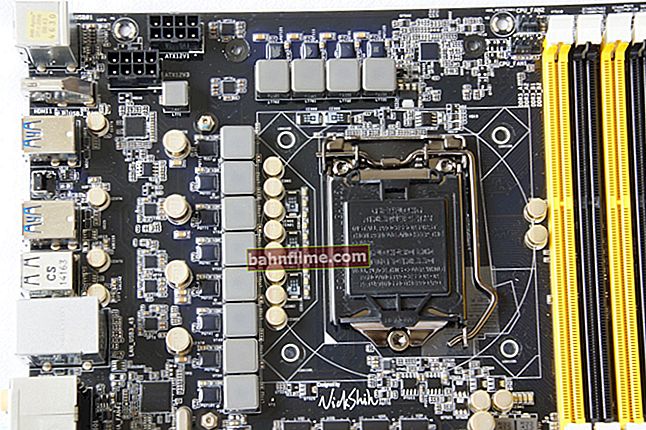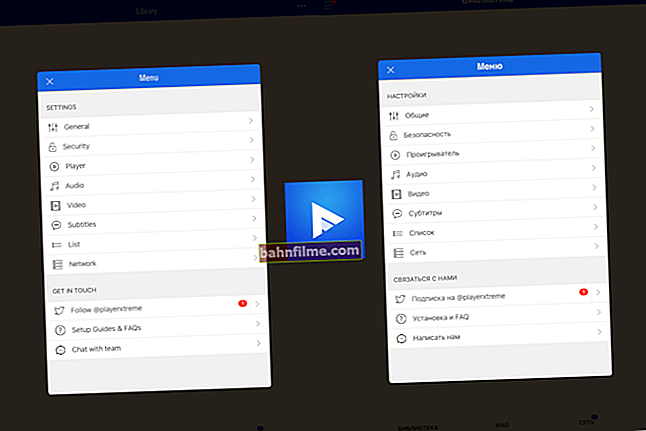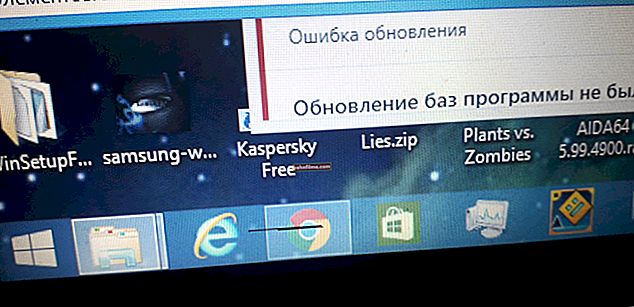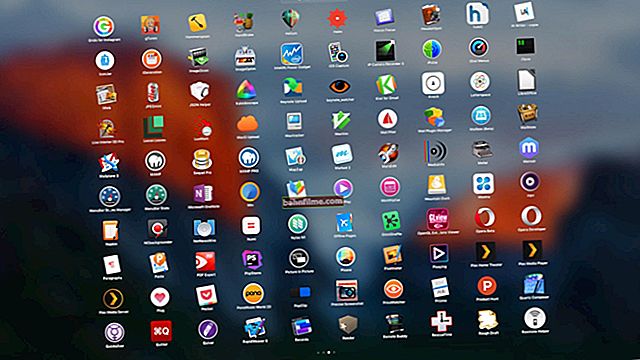
User question
Hello.
Tell me what you can do with the "problem" ... I turn on the computer, an inscription appears on the screen "press DEL to enter SETUP" (it always was) then disappears and ... that's it. Then there is no longer any image on the screen, Windows is not loaded, and the computer is working (the lights are blinking, making noise, etc.).
{the rest of the question is stripped out as not informative. Whether something happened to the PC before that was not indicated ...}
Hello.
Quite a popular and "tricky" question, since nothing unambiguous can be said (there are plenty of reasons for this "behavior" of the computer ...). 😢
And in this regard, I thought that it would be much more correct to give an approximate sequence of actions that will help you "get closer" to a solution / elimination (at least, diagnose the exact cause).
So...
Note: since some of the tips below are quite "universal", this note is quite relevant for both PCs and laptops.
*
Problem variants
👉 Option 1: the manufacturer's logo flashes on the screen, but Windows does not load further
In this case, often, some small text may appear on the screen, usually this is some kind of error (by the way, I recommend writing it down - as a rule, knowing it, you can narrow down the circle of problems and find a solution faster).
For example, a very common error "Reboot and Select ..." (👇).

Error example
However, in some cases, nothing like this appears (or immediately when you try to boot Windows - a blue screen pops up).
But more on that later ...
*
Check if the drive is detected in BIOS (UEFI)
To begin with, I would recommend 👉 go into BIOS settings (UEFI) and check if the disk is detected there (ideally, you should easily see the name and model of your drive in it 👇).
Note: usually, information about the connected drives is displayed in the BIOS or on the very first main tab "Main" , or in subsection "Storage Configuration" ... A couple of examples - see below. 👇

The disk is detected in UEFI!

Storage Configuration - ASRock UEFI
👉 If the disk is not detected in the BIOS, then all the further recommendations below will not be relevant ...
You must first check the correctness of its connection (and ensure that it "appears" in the BIOS), and in this regard, I would recommend the following:
- reset BIOS settings to optimal;
- try to reconnect the SATA cable to the drive (it is possible that it just came off);
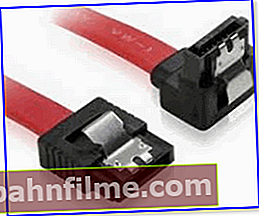
SATA cable - what it looks like
- also worth trying conn. SATA cable to another socket on the mat. board (if possible, replace the SATA cable itself);
- if there is no result, remove the disk from the system unit (laptop) and try 👉 connect it to another computer (you can use USB adapters / adapters).
*
Reset BIOS (UEFI) settings to optimal
If you changed the BIOS settings the day before (or connected something from new equipment to the PC, there was a power surge, etc.) - I recommend resetting the BIOS (UEFI) settings to the default option.
The easiest way to do this is to find a battery on the motherboard ("in the form of a tablet", see the screen below 👇) and remove it for 3-5 minutes. Just in case, I also give instructions with other methods.
👉 To help!
How to reset BIOS settings (+ reset password) on laptop and PC

What does the battery look like on the mat. board
*
Check the status of the disk, try to restore the bootloader
Further, for diagnostics, we need LiveCD-stick (it will boot regardless of the state of your drive). How to prepare it correctly - I have a separate note on my blog (👇).
👉 To help!
1) LiveCD for Windows disaster recovery (how to prepare).
2) How to boot from a USB stick or external HDD
To view the status of the disk - I would recommend using the 👉 Victoria utility (fortunately, it works well with all LiveCDs).

Victoria - disk check
I will give an example of verification for the new Victoria (5th version). In it, after launch, in the tab "Driver Info" first you need select drive (arrow-2 👇).

Disk selection
Then go to the tab "SMART" (this is a self-diagnosis of the disk) and see its state / status. If there are no obvious problems with the disk, then usually its status is "Good" (good 👇).

SMART View
After, in the tab "Test & Repair" I recommend running a quick test of the disk (button "Quick" ). If everything is in order with the disk, upon completion you will see the message "no warnings, no errors ..." . 👇

Fast scan
👉 To help!
Diagnostics and disk check in 5 minutes. for beginners (quick test in the new Victoria 5)
*
If Victoria showed that the disk is "healthy", then I would advise you to run the recovery tool Windows bootloader (if you use the LiveCD recommended above, then it's all quite simple ... 👇).
👉 To help!
How to repair Windows 10 bootloader if OS won't boot

Windows Recovery Tool - LiveCD
*
Install a second OS to disk (without deleting data from it)
If the OS failed to "revive", it may be worth trying to install a second Windows (moreover, to do it so as not to delete any current information from the disk).
This procedure is not complicated: first you need to boot from the LiveCD-flash drive and run the tool "Disk Management" (👇).
Next, right-click on the volume to that (disk partition) on which you have free space - and select the item "Shrink" .

Disk Management - Shrink Volume
After that, specify the required space for a new partition for Windows (usually about 25-40 GB is required).

Place for a new section
Then you will notice that some of the free space has been allocated to a new partition on the disk. It is marked as unallocated area. I recommend right-clicking on it and creating a simple volume (file system - NTFS).

Create simple volume
After that, you can start 👉 the usual installation of Windows OS. At the step of choosing a disk for the OS, of course, you should specify our created partition.
👉 To help!
How to reinstall Windows 10 (no data loss)

Selecting our section
*
👉 Option 2: nothing appears on the monitor at all, it always has a "black screen"
Check the condition of the video cable and monitor power
The first thing I would advise you to start with is to check the condition of the monitor power cable (is it plugged into an outlet, is the LED on the monitor on?). Next, pay attention to the video cable, most often, now it's HDMI (hasn't the contact gone where?). Platitudes, but they account for half of the cases ...
In addition, if possible, try connecting a monitor using a different interface (instead of the same HDMI, the video card and monitor most often have DVI, VGA, for example).

VGA, DVI, HDMI, Display Port - monitor connection interfaces
👉 To help!
Monitor connectors (VGA, DVI, HDMI, Display Port). What cable and adapter is needed to connect the monitor to a laptop or PC
If you have a second PC (or laptop), it would not be superfluous to immediately double-check the performance of the monitor (by connecting the device to it). Fortunately, this is done very simply: just connect the devices to each other using HDMI ... 👇
👉 To help!
How to connect a monitor to a laptop - instructions for beginners

The monitor is connected to the laptop - the image is the same there and there!
*
Disconnect all "unnecessary" from the PC and reset BIOS settings (UEFI)
👉 Under "superfluous" understands everything that can be disabled:
- keyboard, mouse, printer, network cables, etc .;
- hard disks, floppy drives (CD-Rom), etc .;
- remove all RAM strips (clean them from dust 👇), and insert only 1 plate back! (at the time of diagnosis);
- if you have an integrated video card (APU), disconnect the discrete video card for a while (if there is another working discrete card in the store, it is advisable to install it).
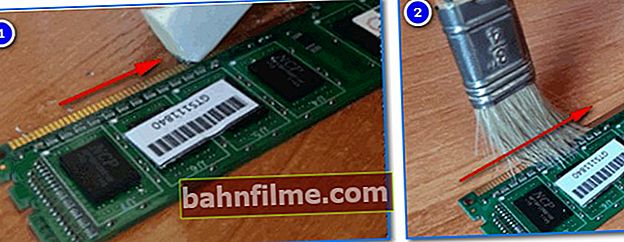
Cleaning the RAM strips with an eraser and a brush
*
👉 After (it is too early to turn on) it is necessary to remove the battery from the mat. and wait 3-5 minutes (note: then reinstall it). This will reset all BIOS settings and presets.

What does the battery look like on the mat. board
*
👉 Now it is worth trying to turn on the computer.If it "comes to life" - in any case, you should see some "inscriptions" on the screen (at least that the hard drive was not found ...).

Boot Device Not Found - boot device not found (example of what may appear)
If so, try connecting the hard drive with the next device and restarting the PC. So, step by step, connecting one device at a time and testing the PC each time, you will find the "culprit" ...
*
👉 In cases, when the PC after all the manipulations did not show signs of life - in my opinion, it is worth moving on to rechecking each component separately: mate. boards, CPU, video cards, etc. If there are no spare parts for diagnostics in the household, it is better to contact the service ...
*
Additions on the topic are, of course, welcome!
All the best!
👋

